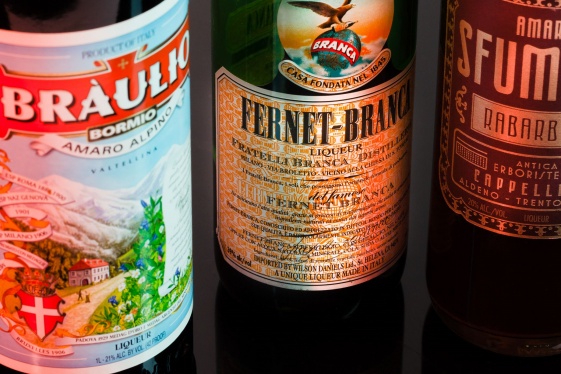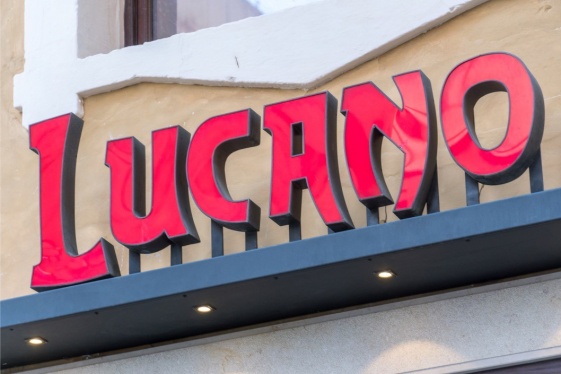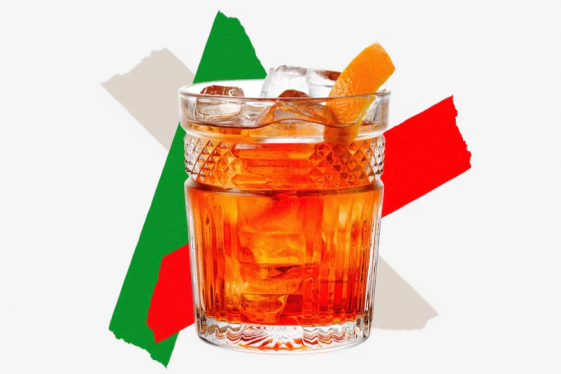

by Deidre Schipani
Amaro (singular), amari (plural) is a bitter Italian liqueur whose origins go back centuries to the times of herbal tonics and elixirs. Macerations of herbs, botanicals, seeds, roots, barks and spices were blended into grape brandy or wine bases, then aged, filtered and served in small portions as both an aperitivo or digestivo.
Although its more common usage was to begin or end a meal, today it is a welcome complement to spicy foods, charcuterie and fruit desserts. It is also a thirst-quenching addition to a cocktail, such as the Bootsy Collins served at The Belmont.
Source: http://www.postandcourier.com/
You may be interested
-
10 Italian Amari to Enjoy After Thanksgiving...
Because Thanksgiving is a holiday completely dedicated to the act of eating a gigantic mea...
-
15 Essential Amari and How to Use Them
When you write a book devoted to the subject of amaro, it should come as no surprise that...
-
6 amari recommendations from a fancy shopgirl
Enter Amaro, by the James Beard Award-winning writer Brad Thomas Parsons. I had a sneaking...
-
A Beginner's Guide to Italy’s After-Dinner Dr...
Italians like to linger at the table, both during and after a meal. Dessert is leisurely a...
-
A Brief, But Not Too Brief, History of the It...
When Italians first began coming to this country in numbers, back in the 1880s and 1890s,...
-
A century of bitters: how Amaro Lucano became...
Amaro Lucano was born in 1894 in Pisticci, a small town in Basilicata, when pastry chef Pa...
-
A Guide to Amaro, Italy's Unruly Bittersweet...
Amaro is Italy's bittersweet export that's all the rage. "Amaro," the word for "bitter" in...
-
All Hail Amaro, The Drink of 2024
Most people drink amaro before they even realize what it is: an Aperol spritz on a summer...










